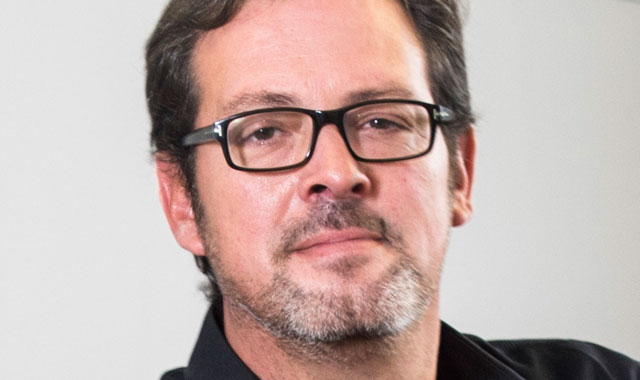
Vumatel, the company that recently won the project to deploy fibre-to-the-home (FTTH) broadband in Parkhurst in Johannesburg intends rolling out fibre to as many as 200 000 homes in the next three to four years at a cost of between R2bn and R3bn.
The company, which is led by CEO Niel Schoeman, one of the brains behind Conduct Telecommunications — the fibre business sold earlier this year to Dark Fibre Africa — intends ramping up its FTTH plans significantly if the Parkhurst project proves successful.
“Parkhurst is the laboratory, to prove the case,” Schoeman tells TechCentral. “If it’s repeatable, which we think it is, we will run with this as fast as we can. We will have to ramp up quickly.”
Competitors are likely to chase hard, he says, and the market could become highly competitive fairly rapidly.
There is “no lack of funds in South Africa” for infrastructure-related projects, he adds, saying he has worked closely with development funding institutions on past projects.
He says Vumatel intends creating an alternative fixed “last mile”, but will operate it using a very different model — one based on open access, where anyone can lease access to the infrastructure.
How aggressively Vumatel moves forward depends on how much interest and take-up there is from the residents of Parkhurst. Schoeman says he expects the R30m Parkhurst project will be successful, emphasising that he wouldn’t be investing his own money in it if he didn’t think it would be. So far, 15% of the suburb’s residents have signed up for fibre broadband, with promises of download speeds as high as 1Gbit/s. Vumatel says the project will be feasible with a commitment from about 30% of the community.
“Our ambition is to roll out to 200 000 houses over the next three to four years, which equates to about 100 suburbs,” says Schoeman. “We’re not trying to solve a national problem. [Television] white-spaces spectrum, Wi-Fi and mobile will also play a big role.”
He says Vumatel has a list of suburbs it intends targeting after Parkhurst, but declines to say which ones so that the company can avoid distractions for now and focus on the Parkhurst project, which should be completed by February 2015. The first customers — who he admits will be “guinea pigs” during the initial roll-out — could come online as early as October. Internet service providers will be able to provide data services to residents by interconnecting at Teraco’s data centre east of Johannesburg. Vumatel will provide backhaul to the data centre on a redundant 10Gbit/s fibre circuit.
Vumatel intends hiring about 200 labourers to dig trenches and physically lay the fibre to the 2 100 homes in the neighbourhood.
The company will install a distribution box at the boundary of every home. Consumers will then decide if they want access to the network. If they do, they can have an installer lay the fibre into their homes, or they can buy the kit they need from a shop that will be located in the suburb and do the installation themselves.
Shoeman says Vumatel has been inundated with requests from other suburbs across the country after news of the Parkhurst project broke. He says that people who are interested in FTTH services in their neighbourhoods need to mobilise their communities. “They should get their communities signed up. There must be more of a pull than us trying to push into an area,” he says.
Neighbourhoods also need to be close to metropolitan fibre networks for backhaul. In Johannesburg, most areas are now covered thanks to extensive investments in recent years by companies such as Dark Fibre Africa and BWired, the joint venture between Ericsson and the City of Johannesburg.
Schoeman says Vumatel is taking a long-term view when it comes to return on investment. “This is a utility. You can’t look for short-term returns if you’re installing a utility,” he says. “We are fortunate that we don’t have external shareholders or public pressure, so we can take a patient view. We are looking at seven to 10 years for a recovery of our investment — classic utility returns.”
He says, too, that many communities are reluctant to have a single provider that delivers the infrastructure and broadband data, which means the open-access model is often much more attractive.
Is Schoeman concerned that Telkom will feel threatened by its FTTH plans and lash back by stepping up fibre investment plans of its own? “If that happens, it will be a good result. There will be a wider indirect benefit. We want to agitate the market, to act as a catalyst. If the country is connected, it has a big impact on GDP growth.” — © 2014 NewsCentral Media
- See also: Meet Parkhurst’s fibre pioneer




